Corner sharpness
Usually, a lens is sharpest in the centre of the image and sharpness degrades towards the edges. It's hard to correct for this in software, a wider aperture is usually used to sharpen the edges, but then the brightness of the image is also reduced, which needs to be compensated for, for example by a longer shutter speed.


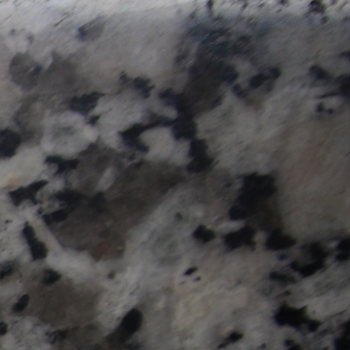
Vignetting
Because of their construction, lenses reduce the brightness in the corners of images. The effect is minimal at longer focal lengths and more drastic when using wide-angle lenses. It is easily corrected by software.
Radial distortion
If the straight lines in the resulting image are not straight, the lens is distorting. This can also be corrected in software, especially if the behaviour of a lens is known, as it will always distort in the same way. Two types are called Barrel and Pincushion distortion. The former is a typical problem with wide-angle lenses, the latter is typical for cheaper telephoto lenses or zoom lenses at their longer focal lengths.
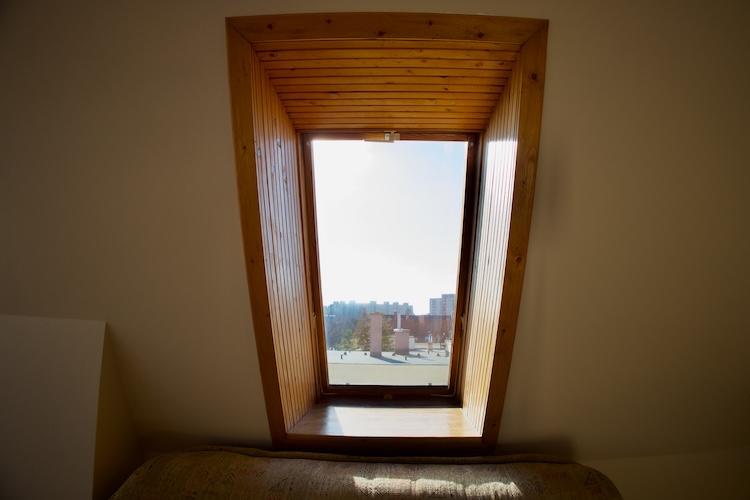
Chromatic aberration
Diffraction refers to the spreading of waves through a small aperture. Dispersion is another phenomenon due to the dependence of the refractive index of materials on wavelength. A different refractive index (RI) results in a minimal difference in focal lengths for different colours. In the photographs, inappropriate purple and greenish outlines can be detected, this is chromatic aberration. It is more common in low-budget lenses.
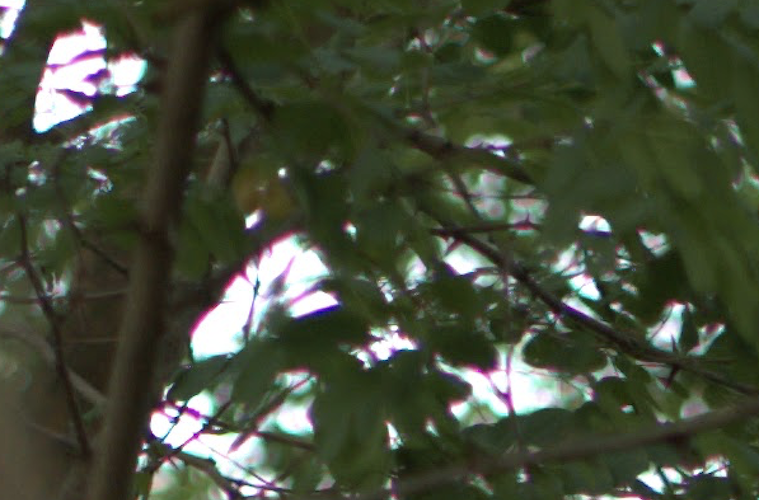
Diffraction spikes
Using concave mirrors a telescope can be created. In most cases, a telescope consists of two mirrors, namely primary and secondary, on which the light rays are refracted, followed by the image sensor. This is how simple commercial telescopes work, but also Hubble and James Webb space telescopes follow the same idea.
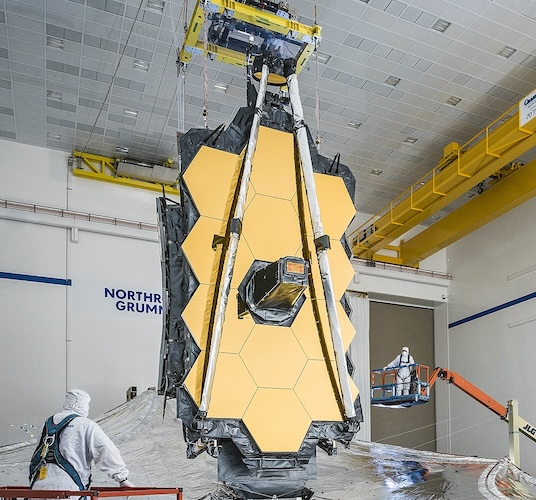

# Gallery: The Story of Webb's Build - https://science.nasa.gov/mission/webb/spacecraftoverview
# https://webbtelescope.org/news/webb-science-writers-guide/telescope-overview
The secondary mirror is invisible to the observer because it is so out of focus, so washed out, that the content behind it is clearly visible. However, the images from space telescopes show a star-like phenomenon around bright light sources, caused by the secondary mirror and its mounting plates. A similar effect can be achieved with a conventional camera if the photograph is taken at a very high aperture.
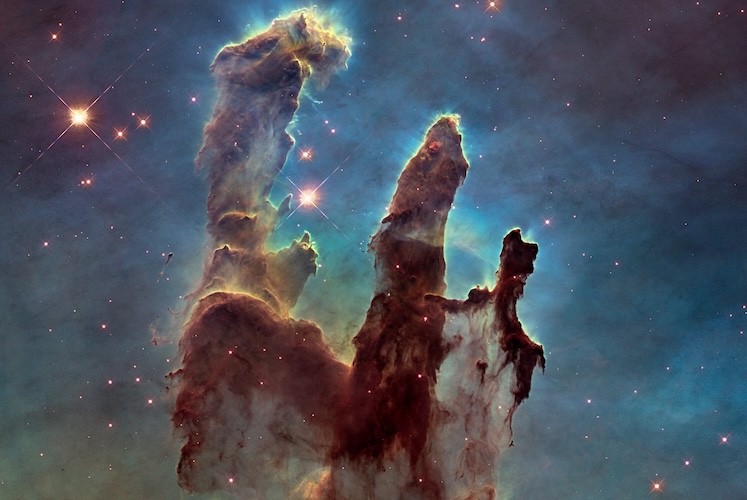
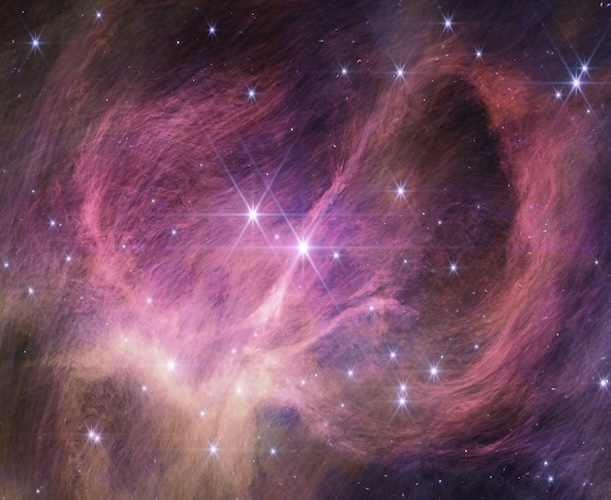
# https://science.nasa.gov/resource/hubble-studies-the-pillars-of-creation
# https://www.flickr.com/photos/nasawebbtelescope/53395722120